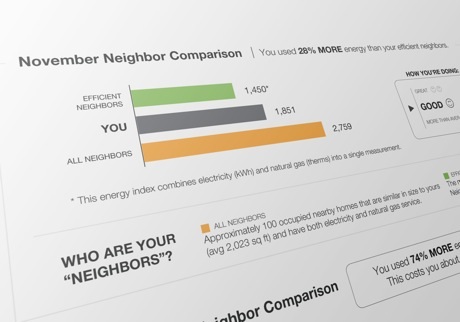Blog
Subscribe
Join over 5,000 people who receive the Anecdotally newsletter—and receive our free ebook Character Trumps Credentials.
Categories
- Anecdotes
- Business storytelling
- Collaboration
- Communication
- Corporate Storytelling
- Culture
- Decision-making
- Employee Engagement
- Events
- Fun
- Insight
- Leadership Posts
- News
- Podcast
- Selling
- Strategy
Archives
- March 2024
- December 2023
- November 2023
- October 2023
- September 2023
- August 2023
- July 2023
- June 2023
- May 2023
- April 2023
Years
Using social norms to change behaviour
People are highly sensitive to social norms – information about what other people are doing and what they approve of. You can use the concept of social norms to help drive and create change.
While researching the drinking habits of American college students, H. Wesley Perkins and Alan Berkowitz discovered that most students thought that the norms for both the frequency and the amount of drinking among their peers were higher than they actually were. In other words, they thought that everyone else was drinking way more than they were, which meant they ended up drinking more themselves.
The story they were telling themselves whenever excessive alcohol consumption came up was: “That’s not me. Everyone is drinking way more than me.” The social-norms approach aims to correct misperceptions like this.
A good example of how such a belief has been challenged comes from Georgetown University. In 2009, Georgetown launched its “You Don’t Know Jack” campaign, featuring the university’s beloved bulldog mascot. Posters went up that each featured a relatively unknown, fun fact about Jack, accompanied by a statistic concerning the drinking habits of ‘Hoyas‘, the collective name for supporters of the various Georgetown University athletic teams.

Other stats included:
- 98% of Hoyas walk friends home to make sure they get home safe.
- 87% of Hoyas eat before and/or during drinking.
- 88% of Hoyas eat before and during drinkingInterventions such as this have helped to significantly reduce the incidence of alcohol abuse at American universities.
Other examples include - Increasing tax payments in the UK. HMRC changed letters to explain that most people in their local area had already paid their taxes. This very simple intervention boosted repayment rates by around 15 percentage points.
- Reducing tobacco usage amongst youth. Schools in Montana in 2000 ran a campaign called “Most of Us Are Tobacco Free”. It targeted youth between the ages of 12 and 17 years with the message that 70% of people don’t smoke. Post-test data revealed that only 10% of teens in the campaign area reported first time cigarette use as compared to 17% of teens in a control sample, representing a 41% difference. This campaign was also launched in Texas to achieve the same result.
- Reducing home power usage. Instead of showing you a plain power bill, OPOWER, a software company that promotes home energy efficiency, uses the one below, one that compares your energy use to that of your neighbours. Such exposure causes 60 to 80 percent of people to change their energy behaviours, the company says.

- Shawn has even blogged about how they used the concept of social norms at his local basketball club to increase the payment of membershop fees..
- Social norms are therefore another change strategy you have at your disposal – a very powerful one. How could you use it for your next change initiative?
About Kevin Bishop
Twitter •